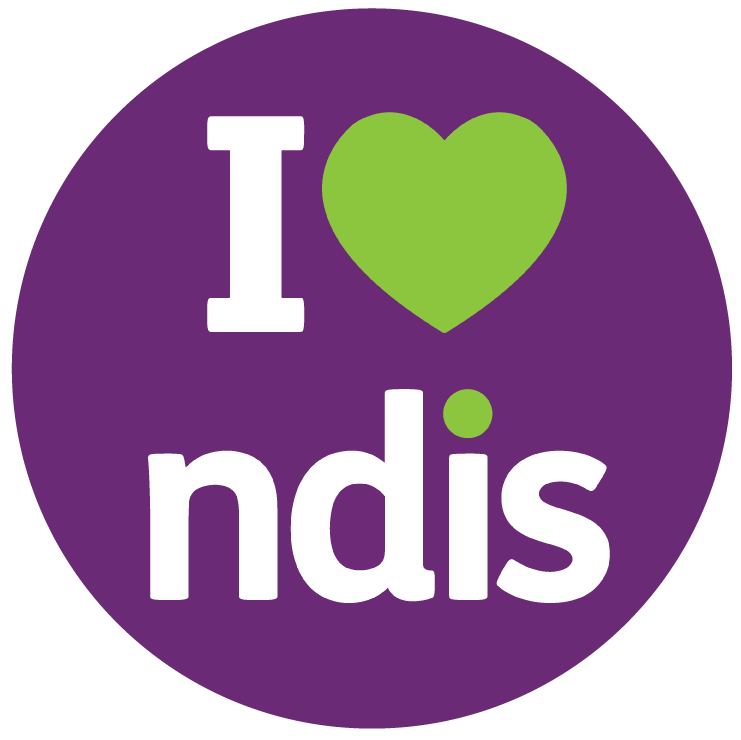If you’ve ever asked yourself what is NDIS claim, you’re not alone. Many participants find the claim process confusing at first. In this guide, we’ll break it down in simple terms so you can understand how claims work, who can lodge them, and the options available for online, self-managed, and plan-managed claims. Whether you’re new to the scheme or looking to make the process smoother, this blog will give you the clarity you need.
What Is an NDIS Claim?
An NDIS claim is the process of requesting payment for services, supports, or equipment that are included in your NDIS plan. Whenever you see a therapist, purchase assistive technology, or use a provider, a claim is made to draw funds from your approved budget. This ensures the NDIS pays for your supports in line with the plan you’ve agreed to with the NDIA.
How Does an NDIS Claim Work?
The process is designed to be simple, but it depends on how your plan is managed. In every case, it starts with a support being delivered, followed by a claim lodged with the NDIS system. The NDIA then checks the details, approves the payment, and transfers funds either to the provider or to you, depending on your management style.
Different Claim Types
When asking what is NDIS claim, it helps to know there are three main types:
- Provider claims: Registered providers submit invoices directly to the NDIA for payment.
- Self-managed claims: After making an upfront payment to the provider, participants use the myplace interface to request a reimbursement.
- Plan-managed claims: Your plan manager pays providers and submits claims on your behalf.
Each method has its own advantages. Self-management offers flexibility, while plan management removes the stress of handling invoices.
Claiming Online
Most people today prefer digital systems. It is beneficial to know how to make an NDIS claim online because it is safe and speedy. You can log into the myplace portal, enter the service details, attach invoices or receipts, and confirm submission. Funds are usually processed within days, making this the fastest way to get reimbursed.
Claiming When Self-Managed
If you choose self-management, you’ll be asking not only what is NDIS claim but also how to stay on top of it. Self-managed participants must pay providers first, keep proper receipts, and then submit claims. This option requires organisation but provides the freedom to work with both registered and unregistered providers.
Using a Manual Claim Form
For participants less comfortable with technology, the manual claim form NDIS provides an alternative. This form can be printed, filled out, and sent to the NDIA. While it takes longer than digital methods, it ensures everyone can access the scheme regardless of digital skills.
How to Start an NDIS Claim
New participants often ask how to start NDIS claim. Once your plan is approved, you can begin claiming as soon as you receive supports. Choose your management style—provider, self-managed, or plan-managed—and follow the correct steps for payment submission.
NDIS Claim and Payment Enquiries
Sometimes claims don’t go through smoothly. In that case, an NDIS claim and payment enquiry may be needed. You can contact the NDIA through the helpline, or check the myplace portal for updates on pending payments. Having the right documentation ready speeds up the process.
Why Understanding Claims Matters
Grasping what is NDIS claim is essential because it gives you confidence and control over your plan. Without this knowledge, participants risk overspending, delays, or missed reimbursements. By learning the claim process, you can ensure your supports are funded smoothly and your NDIS plan works as intended.
Conclusion
So, what is NDIS claim? It’s the process of using your approved NDIS budget to pay for supports and services. Claims can be managed by providers, handled yourself, or taken care of by a plan manager. The important thing is to follow the right process so payments are made correctly and on time.
If you want guidance that removes the stress of NDIS claiming, Axial Plan Management is here to make the process simple and reliable.


